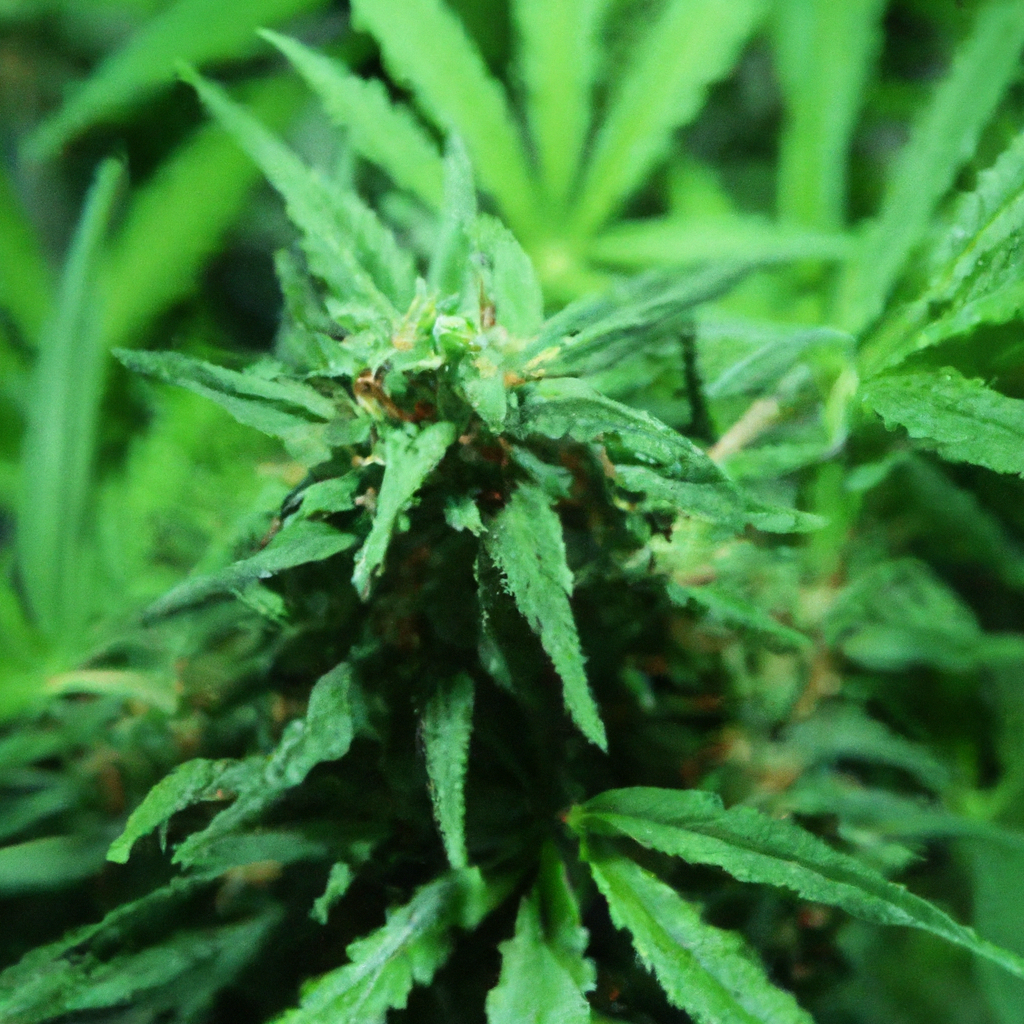Your cart is currently empty!
Cannabis cultivation is an art that harmonizes both science and nature. As growers aim to optimize yields and maintain healthy plants, embracing the natural resilience of cannabis can be a game-changer. This approach not only boosts growth but also fortifies plants against common challenges, reducing dependency on external interventions. In this guide, we delve into techniques that tap into the inherent strengths of cannabis.
Understanding Natural Resilience
Natural resilience refers to a plant’s innate ability to withstand stressors such as pests, diseases, and environmental fluctuations. By fostering a growing environment that enhances these traits, cultivators can produce robust plants capable of thriving in diverse conditions.
Soil Preparation: The Backbone of Natural Defense
Healthy soil is the foundation of strong plants. Soil preparation involves more than just mixing nutrients; it requires the cultivation of a thriving ecosystem that supports microbial life. This improves nutrient uptake, helps fight off pathogens, and enhances overall plant health.
- Composting: Integrate organic compost to enrich soil with beneficial microbes.
- Companion Planting: Include plants like clover or chamomile to increase nitrogen fixation and repel pests.
- Soil Aeration: Regularly turn the soil to promote oxygen flow and prevent compaction.
Leveraging Beneficial Microbes
Incorporating beneficial microbes—such as mycorrhizal fungi—plays a pivotal role in boosting cannabis resilience. These fungi form symbiotic relationships with plant roots, aiding in nutrient absorption and enhancing root systems.
- Fungal Inoculants: Use commercial mycorrhizal powders or liquids for easy application during transplantation.
- Diverse Microbial Solutions: Implement teas brewed from compost to introduce various beneficial organisms into the root environment.
Stress Training for Enhanced Growth
Stress training techniques, while seemingly counterintuitive, can significantly bolster plant resilience. By subjecting plants to controlled stress, they develop thicker stems and denser buds. Techniques such as Low-Stress Training (LST) and High-Stress Training (HST) can be extremely beneficial.
- Low-Stress Training (LST): Bend branches to optimize light exposure and airflow without harming the plant.
- High-Stress Training (HST): Methods like topping or fimming encourage the plant to redirect energy to lower branches, enhancing overall strength.
Conclusion
Embracing the natural resilience of cannabis is a sustainable way to cultivate healthier and more robust plants. By focusing on soil health, beneficial microbes, and strategic stress training, growers can significantly improve their yields while minimizing reliance on external inputs. Engage with these natural processes to transform your cultivation approach and witness the innate strength of your cannabis crops.


Leave a Reply